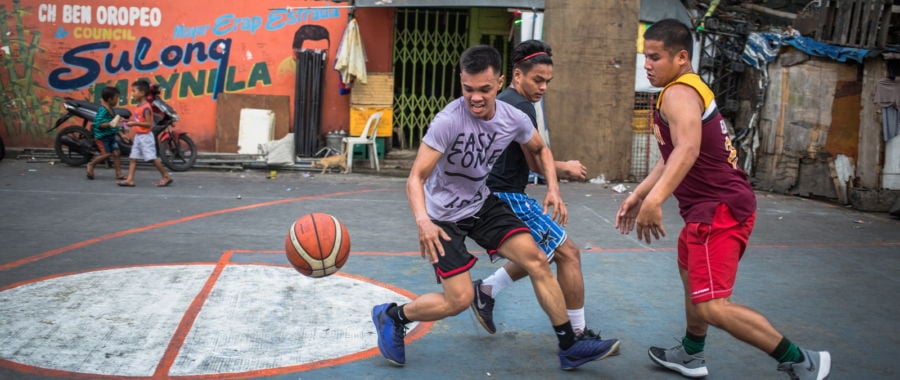
EPA/ROMAN PILIPEY
Filipiny: manilskie slumsy [GALERIA]
Obszar slumsów jest określany jako osiedle zaimprowizowanych mieszkań, zwanych również szantami, wykonanymi z arkuszy plastiku, pudeł kartonowych, blachy falistej i sklejki. W wielu rozwijających się miastach, takich jak Manila, New Delhi, Kapsztad, Dżakarta lub slumsach Caracas, są to główne miejsce zamieszkania dla osób o niskich dochodach. Obszary slumsów są zwykle pozbawione odpowiednich warunków życia, a mieszkańcy tych obszarów często nie mają prądu, odpowiednich urządzeń sanitarnych lub czystej wody.
- epa07209345 A man carries a baby as a tricycle rides past on a road next to houses in a slum area, in Manila, Philippines, 01 December 2018 (issued 05 December 2018). A slum area is traditionally described as a settlement of improvised housing, also known as shanties, made of sheets of plastic, cardboard boxes, corrugated metal, and plywood. In many growing urban cities such as Manila, New Delhi, Cape Town, Jakarta or Caracas slums are the main types of housing for people with low-income. Slum areas are commonly lack of adequate living conditions, and residents of these areas often have no electricity, proper sanitation or clean water. One of eight people in our world live in slums. In total, around a billion people live in slum conditions today, according to the United Nations Human Settlements Programme (UN–Habitat). In the Philippines, according to a report by Homeless International, around 22.8 million of Filipinos reside in slums while the capital city of Manila has the highest homeless population of any city in the world at 3.1 million, out of which more than 70,000 are children. EPA/ROMAN PILIPEY ATTENTION: This Image is part of a PHOTO SET Dostawca: PAP/EPA.
- epa07209365 A chicken is seen next to a small shop in a slum area, in Manila, Philippines, 01 December 2018 (issued 05 December 2018). A slum area is traditionally described as a settlement of improvised housing, also known as shanties, made of sheets of plastic, cardboard boxes, corrugated metal, and plywood. In many growing urban cities such as Manila, New Delhi, Cape Town, Jakarta or Caracas slums are the main types of housing for people with low-income. Slum areas are commonly lack of adequate living conditions, and residents of these areas often have no electricity, proper sanitation or clean water. One of eight people in our world live in slums. In total, around a billion people live in slum conditions today, according to the United Nations Human Settlements Programme (UN–Habitat). In the Philippines, according to a report by Homeless International, around 22.8 million of Filipinos reside in slums while the capital city of Manila has the highest homeless population of any city in the world at 3.1 million, out of which more than 70,000 are children. EPA/ROMAN PILIPEY ATTENTION: This Image is part of a PHOTO SET Dostawca: PAP/EPA.
- EPA/ROMAN PILIPEY

- epa07209352 Children living in a slum area pose for a photo, in Manila, Philippines, 01 December 2018 (issued 05 December 2018). A slum area is traditionally described as a settlement of improvised housing, also known as shanties, made of sheets of plastic, cardboard boxes, corrugated metal, and plywood. In many growing urban cities such as Manila, New Delhi, Cape Town, Jakarta or Caracas slums are the main types of housing for people with low-income. Slum areas are commonly lack of adequate living conditions, and residents of these areas often have no electricity, proper sanitation or clean water. One of eight people in our world live in slums. In total, around a billion people live in slum conditions today, according to the United Nations Human Settlements Programme (UN–Habitat). In the Philippines, according to a report by Homeless International, around 22.8 million of Filipinos reside in slums while the capital city of Manila has the highest homeless population of any city in the world at 3.1 million, out of which more than 70,000 are children. EPA/ROMAN PILIPEY ATTENTION: This Image is part of a PHOTO SET Dostawca: PAP/EPA.
- EPA/ROMAN PILIPEY
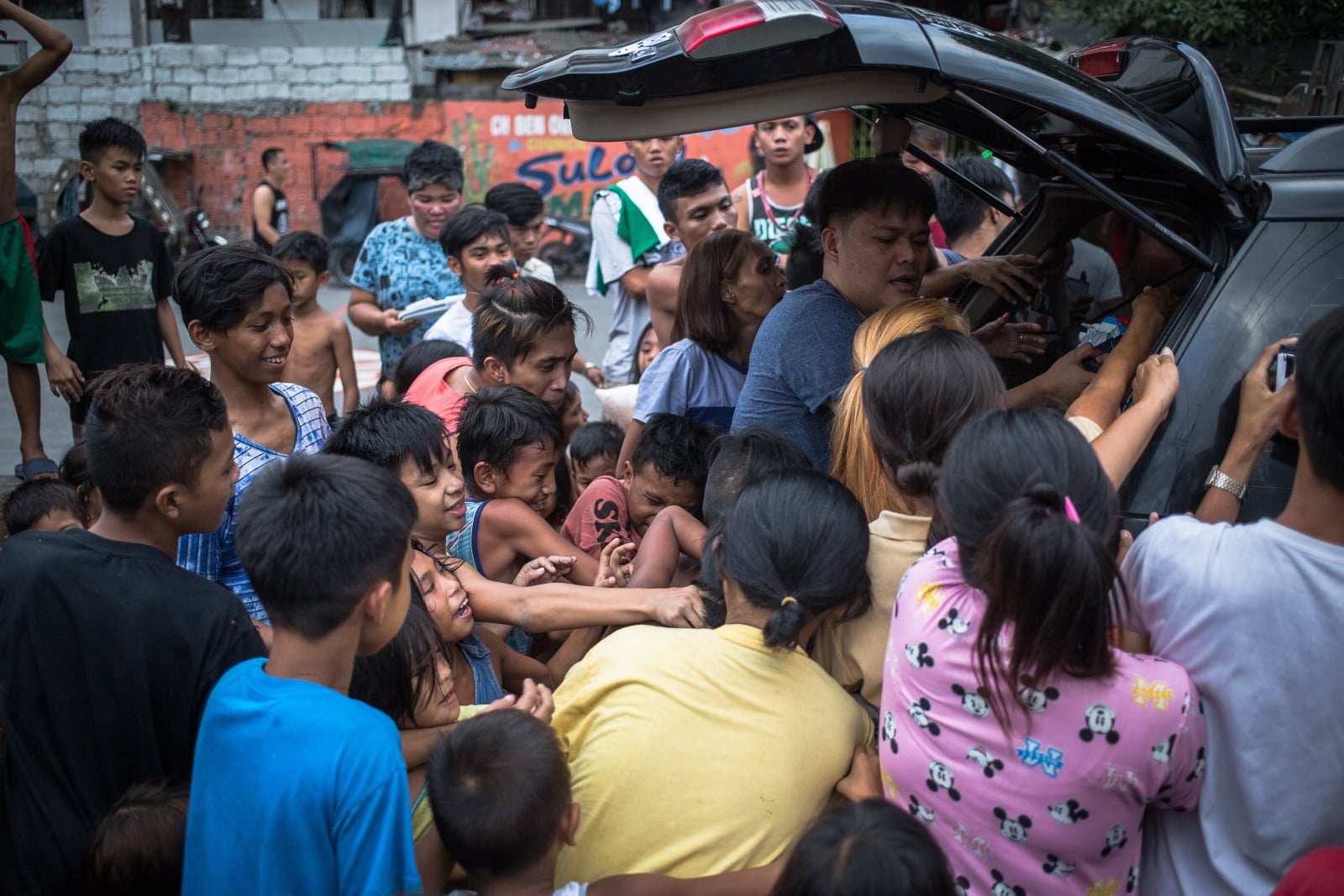
- epa07209363 A young boy pushes a small carriage with a child in a slum area, in Manila, Philippines, 01 December 2018 (issued 05 December 2018). A slum area is traditionally described as a settlement of improvised housing, also known as shanties, made of sheets of plastic, cardboard boxes, corrugated metal, and plywood. In many growing urban cities such as Manila, New Delhi, Cape Town, Jakarta or Caracas slums are the main types of housing for people with low-income. Slum areas are commonly lack of adequate living conditions, and residents of these areas often have no electricity, proper sanitation or clean water. One of eight people in our world live in slums. In total, around a billion people live in slum conditions today, according to the United Nations Human Settlements Programme (UN–Habitat). In the Philippines, according to a report by Homeless International, around 22.8 million of Filipinos reside in slums while the capital city of Manila has the highest homeless population of any city in the world at 3.1 million, out of which more than 70,000 are children. EPA/ROMAN PILIPEY ATTENTION: This Image is part of a PHOTO SET Dostawca: PAP/EPA.
- EPA/ROMAN PILIPEY
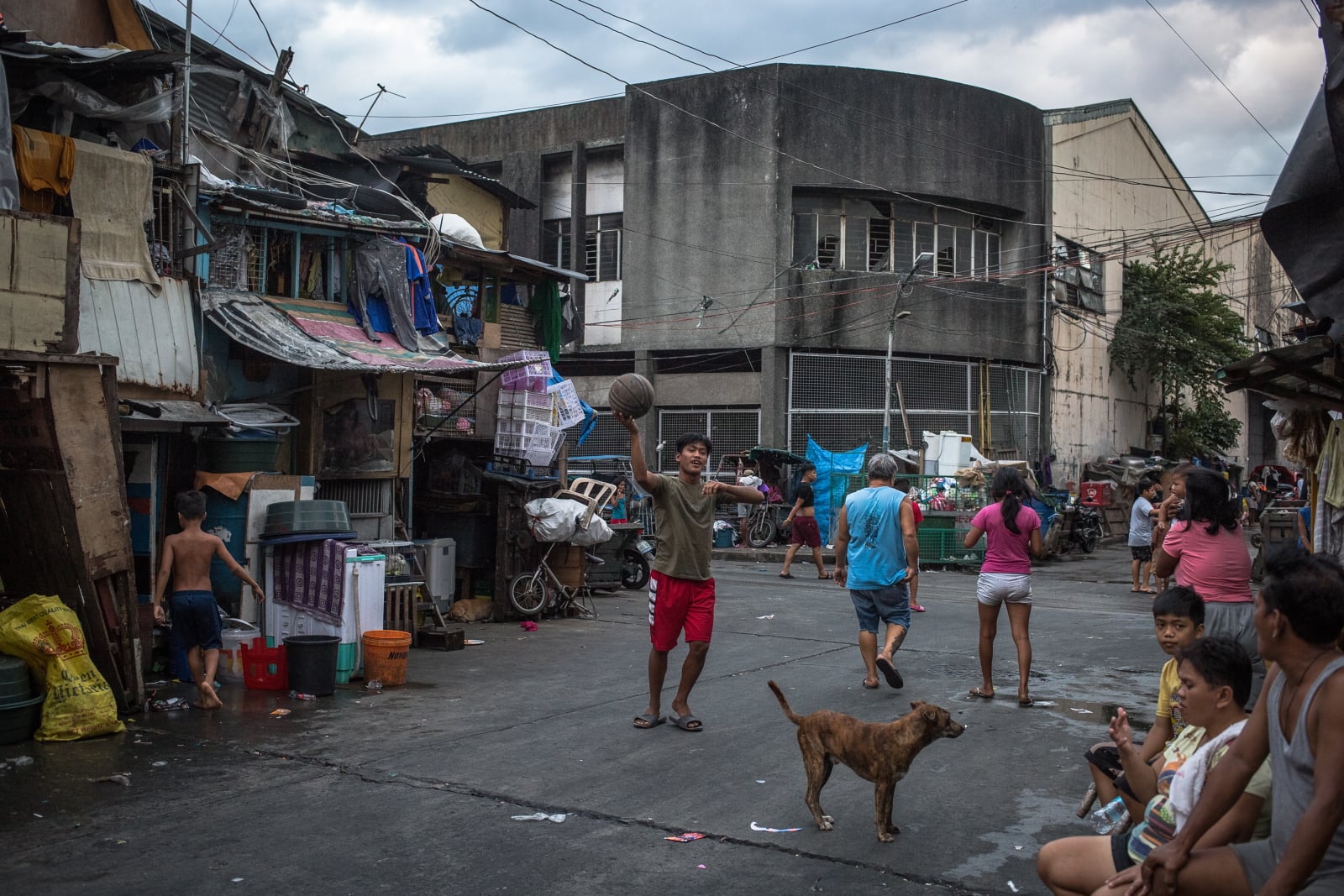
- EPA/ROMAN PILIPEY
- epa07209354 A boy reacts after he got things from a man distributing them from his car for residents of a slum area, in Manila, Philippines, 01 December 2018 (issued 05 December 2018). A slum area is traditionally described as a settlement of improvised housing, also known as shanties, made of sheets of plastic, cardboard boxes, corrugated metal, and plywood. In many growing urban cities such as Manila, New Delhi, Cape Town, Jakarta or Caracas slums are the main types of housing for people with low-income. Slum areas are commonly lack of adequate living conditions, and residents of these areas often have no electricity, proper sanitation or clean water. One of eight people in our world live in slums. In total, around a billion people live in slum conditions today, according to the United Nations Human Settlements Programme (UN–Habitat). In the Philippines, according to a report by Homeless International, around 22.8 million of Filipinos reside in slums while the capital city of Manila has the highest homeless population of any city in the world at 3.1 million, out of which more than 70,000 are children. EPA/ROMAN PILIPEY ATTENTION: This Image is part of a PHOTO SET Dostawca: PAP/EPA.
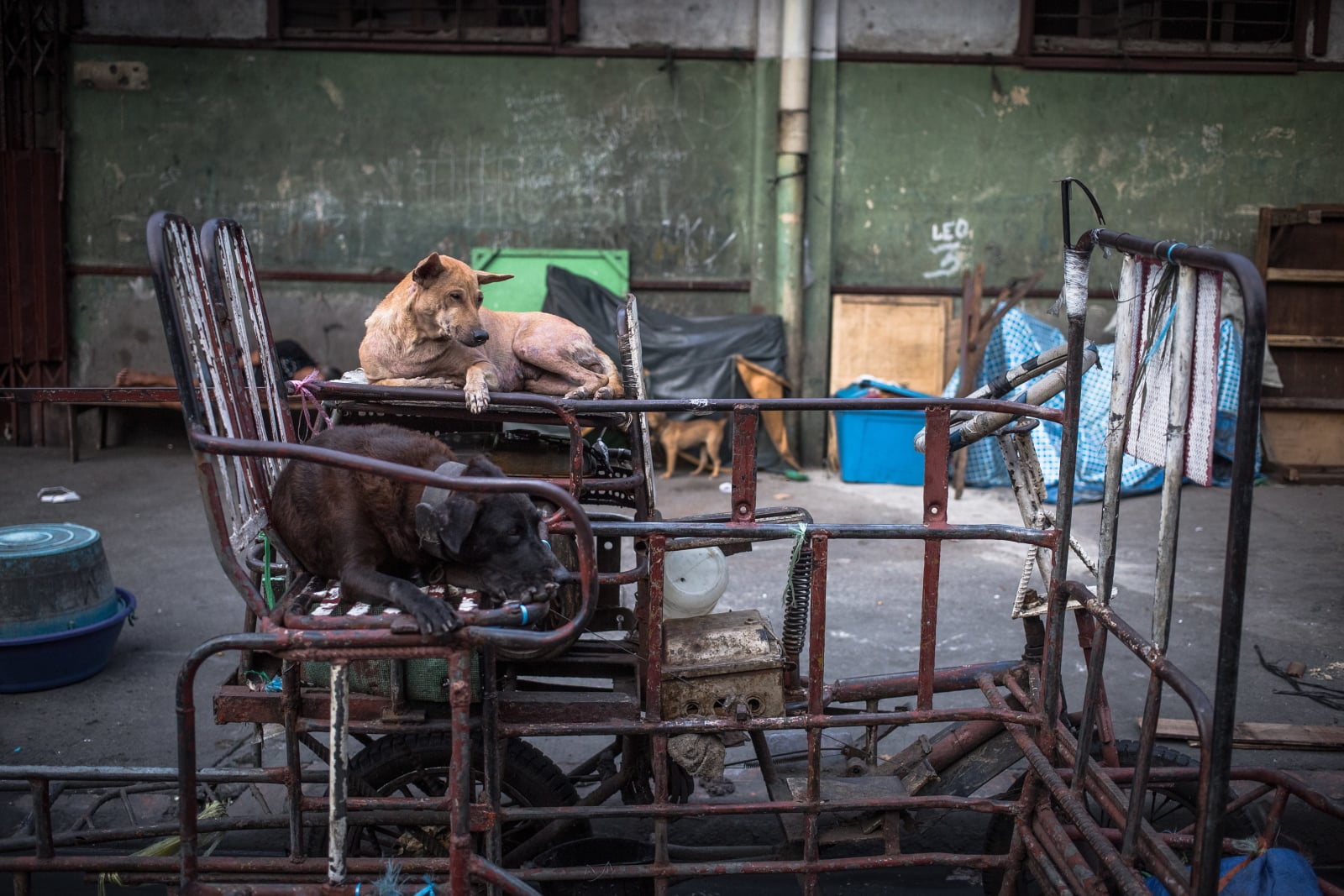









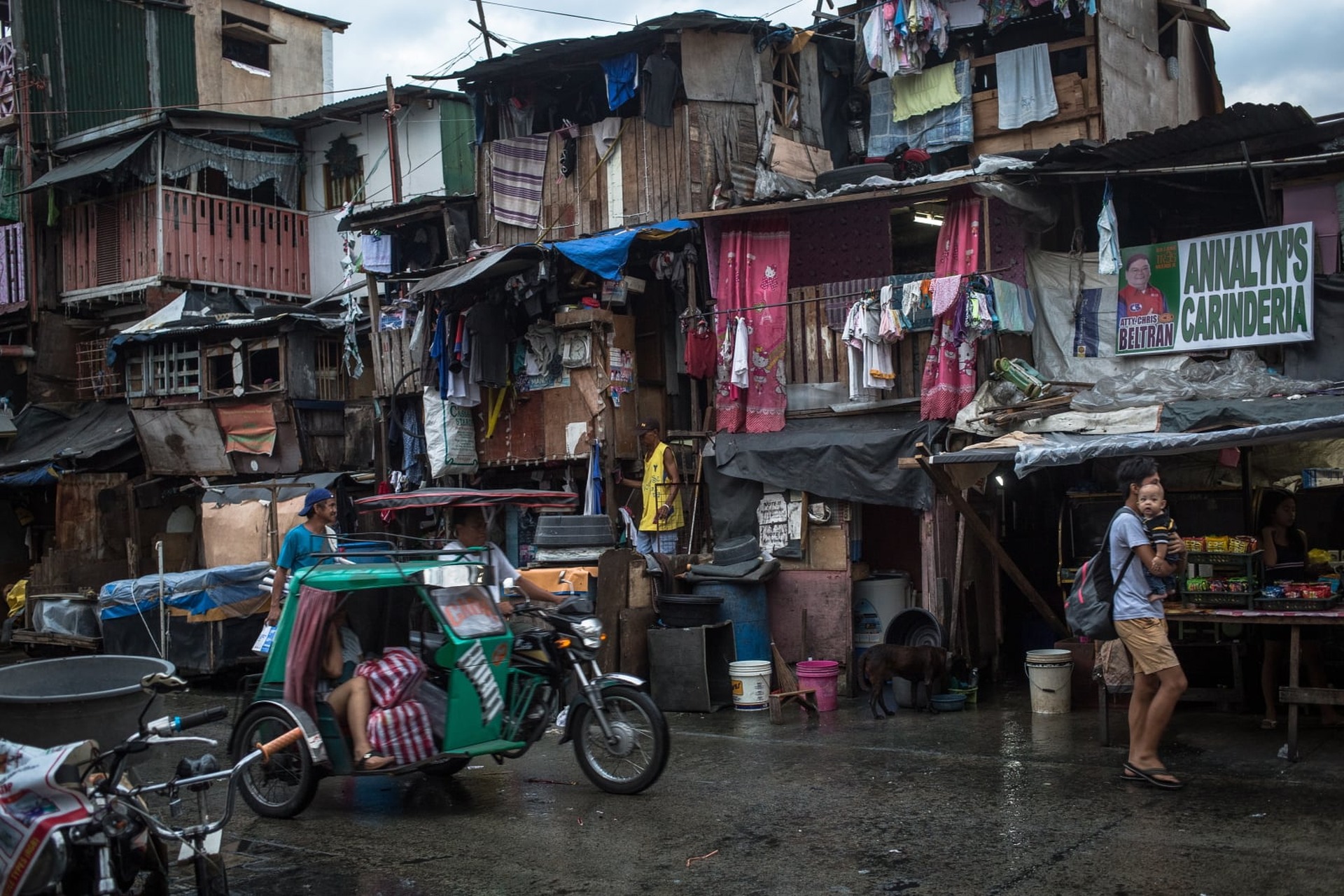
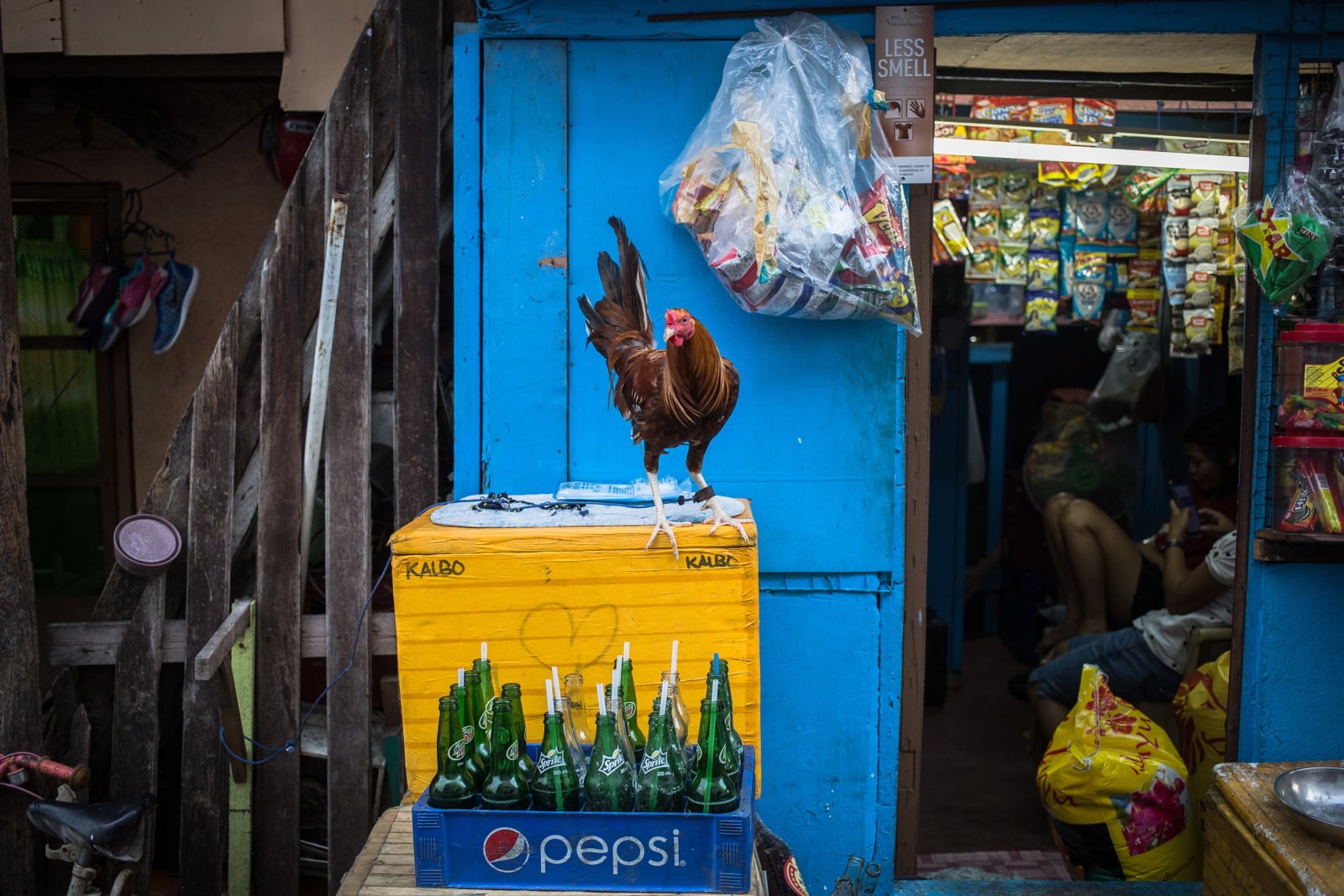
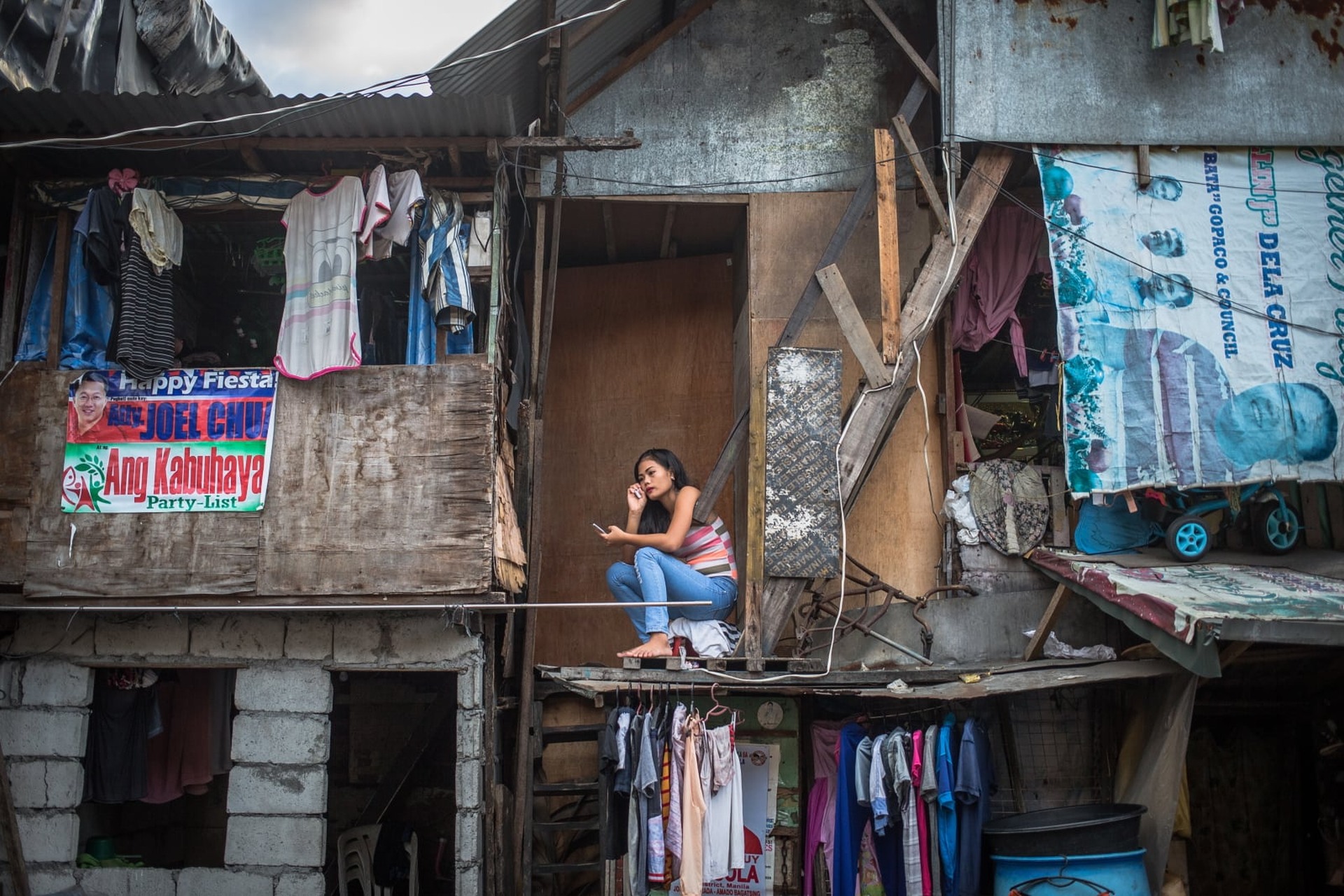
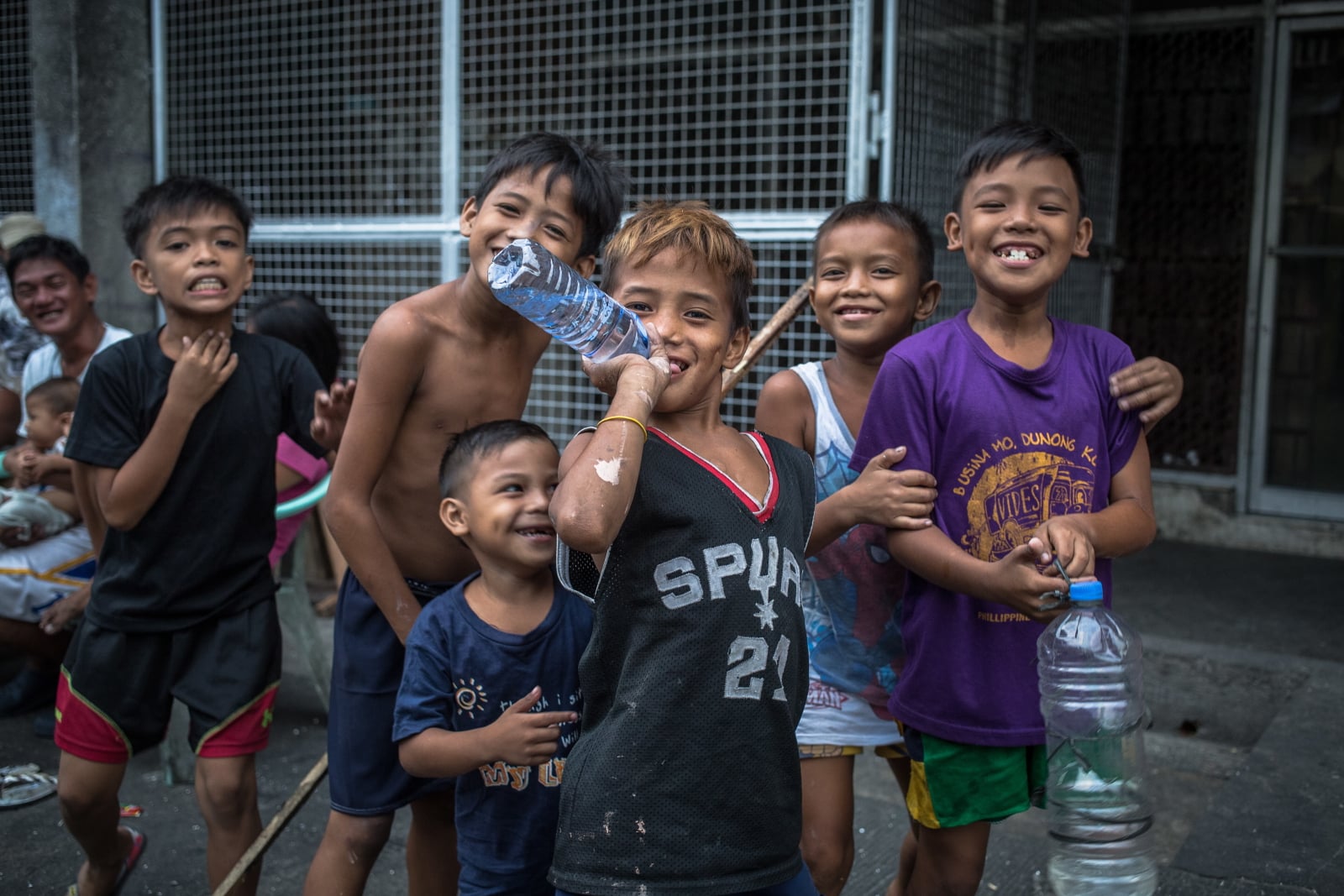


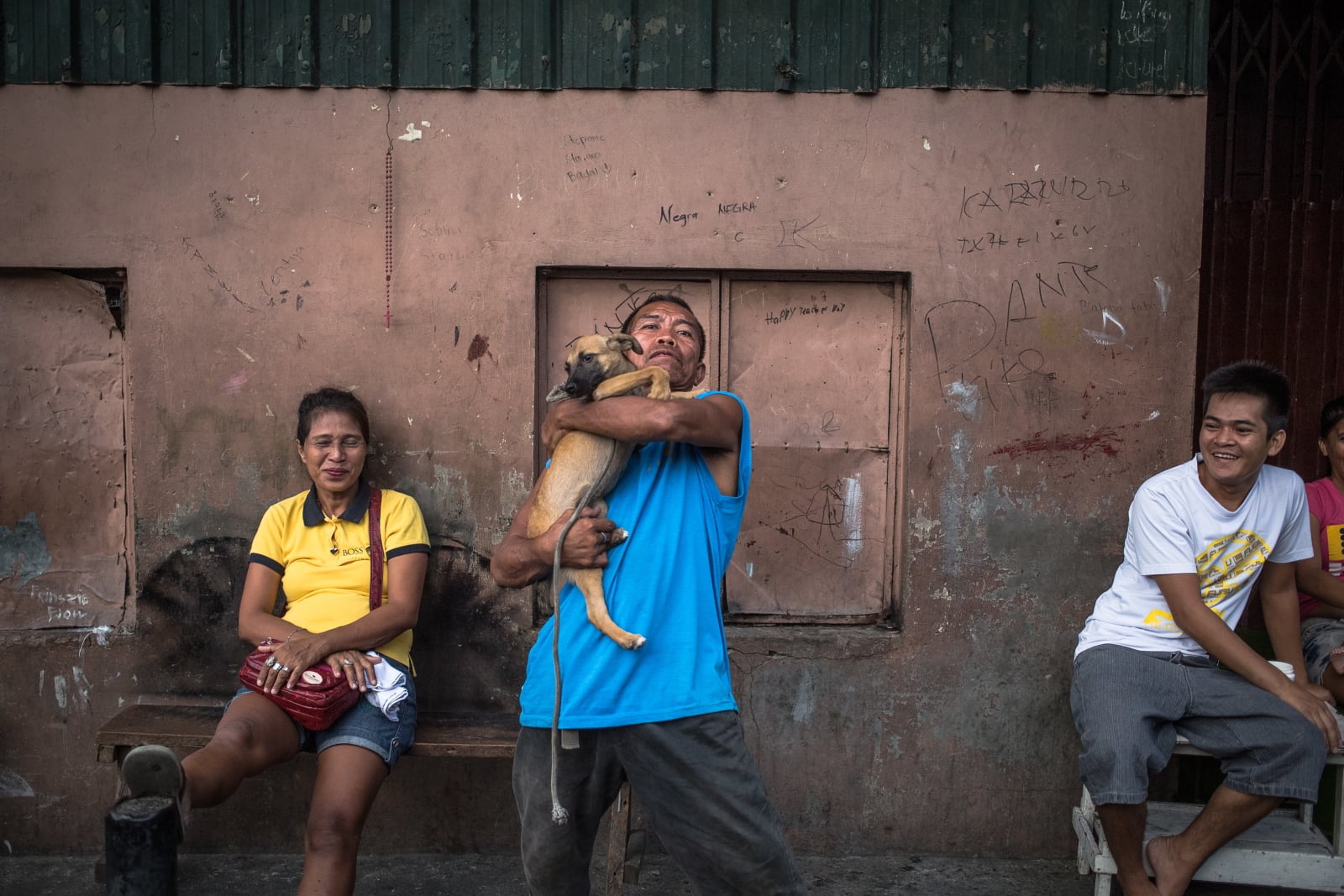












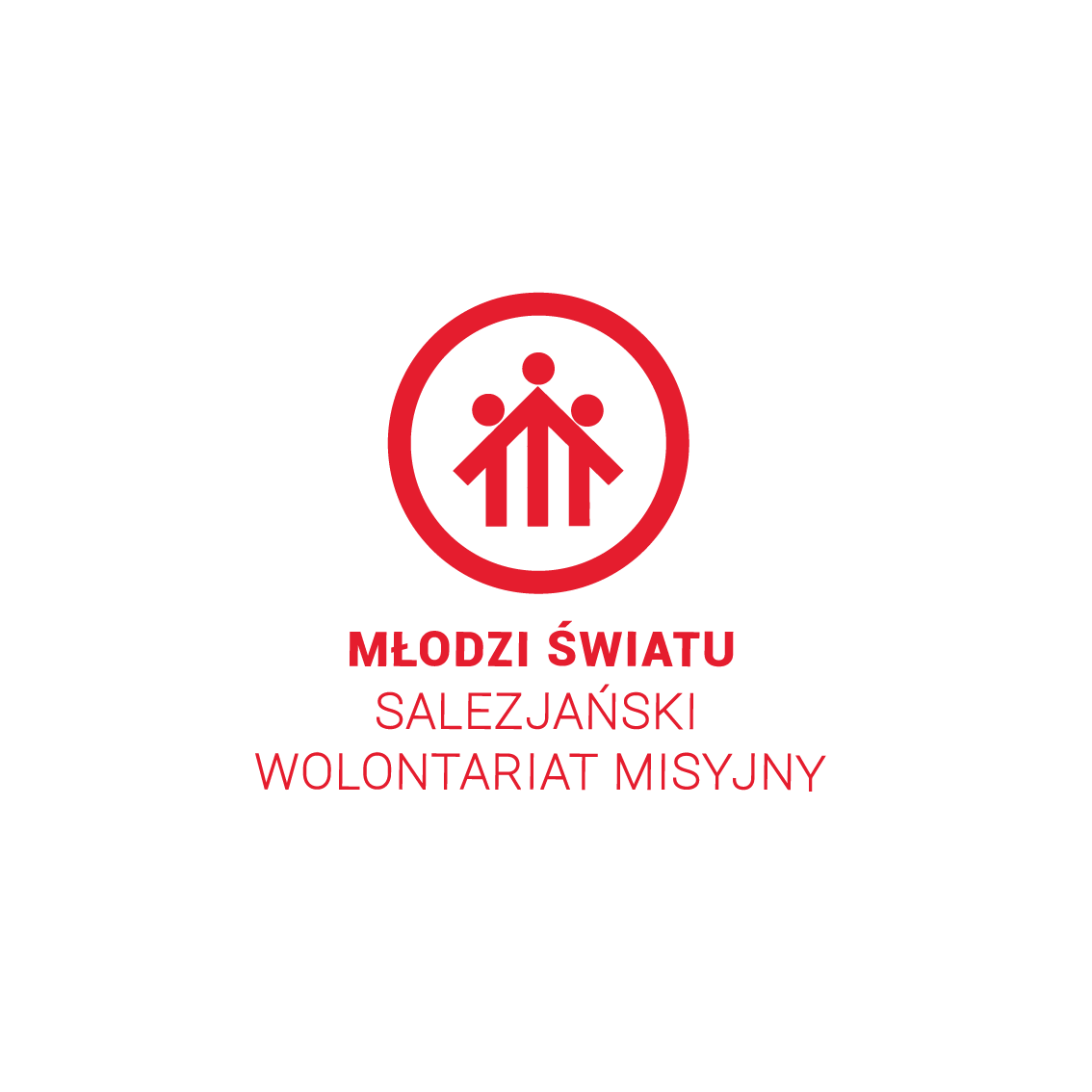





 Wiadomości
Wiadomości Wideo
Wideo Modlitwy
Modlitwy Sklep
Sklep Kalendarz liturgiczny
Kalendarz liturgiczny